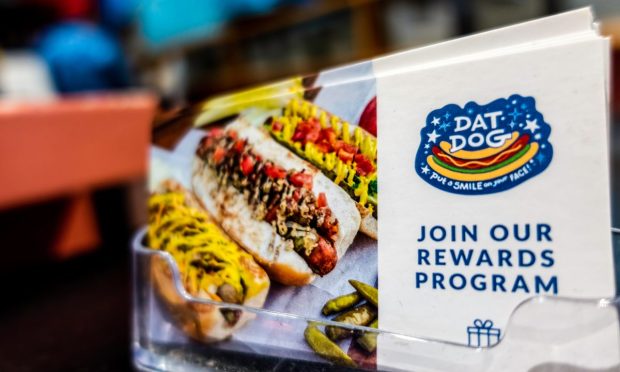
Increasingly, restaurants are finding ways to create recurring payment models to drive customer loyalty outside the typical points-per-dollar rewards program model.
According to financial services platform Square’s recently released data from the hundreds of thousands of food and beverage sellers it works with, merchants offering subscriptions were up 54% year over year as of August. Plus, on consumers’ side, retention has been relatively strong, with 57% of subscribers remaining active after six months.
A minority of consumers actively want restaurant subscriptions, but those who do tend to be restaurants’ best customers, according to the PYMNTS Intelligence study last year, “Digital Divide: Restaurant Subscribers and Loyalty Programs,” which drew from a survey of more than 2,000 U.S. consumers.
Specifically, only 17% of those surveyed said they were very or extremely interested in being provided a restaurant subscription service. Meanwhile, 58% of consumers reported being slightly interested or not interested at all in participating.
Yet those who are interested are high-value customers. Seventy-eight percent of restaurant subscribers and 73% of those interested in subscriptions reported being very or extremely loyal toward their preferred quick-service restaurants (QSRs), while only 41% of those who were uninterested in subscriptions said the same.
Increasingly, major restaurant brands are looking to subscription models to drive engagement.
“I think brands will start to think more about [short-term subscriptions] as they as they grow, and hopefully they’re watching Taco Bell’s success from the sideline,” Taco Bell Chief Digital Officer Dane Mathews told PYMNTS in an interview published Tuesday (Nov. 21) following the launch of the brand’s Nacho Fries Lover’s Pass. “I also think that they’ll get inspiration and push [the subscription model] into other parts of the [restaurant] experience.”
Smaller restaurants, too, are finding ways to leverage membership models to drive engagement. Take San Francisco wine bar El Lopo, which offers monthly “Take-Care-of-Me Club” subscriptions by which consumers pay a set amount (one tier, for instance, is $89) and are rewarded with restaurant credit of a greater value ($100).
“It’s certainly nice to have some predictable revenue,” Daniel Azarkman, the bar’s owner, said in an interview with PYMNTS published in August. “… I’d say it’s aside from that reliability, it’s… been a great way to just say who we are, and even a lot of people that don’t end up signing up for it do read through it, do ask questions about it and are still impressed that we are the kind of place that would run something like that.”
Some establishments are going so far as to say that subscription models are becoming the standard, although this may not be borne out at present. In an interview with PYMNTS published in July, Launika Raykar, Grubhub’s vice president of loyalty, customer engagement and partnerships, said the model is growing to be commonplace in the industry.
“You look at Walmart+, Instacart+, Grubhub+, obviously,” Raykar said. “… Within our industry, I feel like it’s fairly standard, but it’s expanded to even QSRs. Panera has a subscription program. Now Tim Hortons does. So, I actually think it’s become more synonymous with loyalty and become an expectation of customers.”